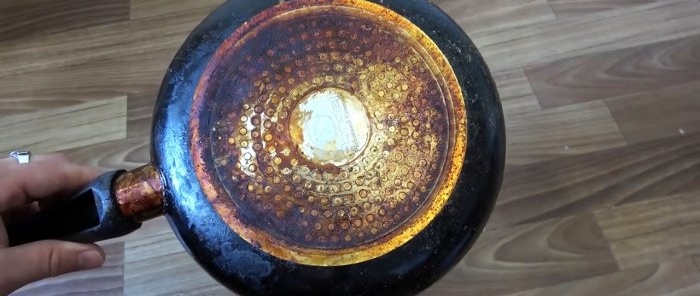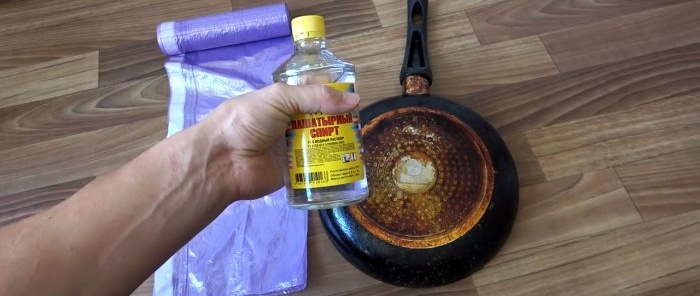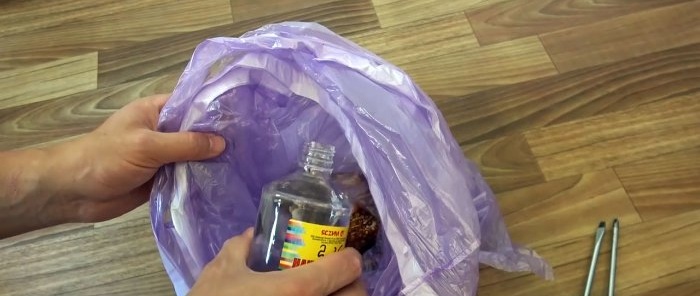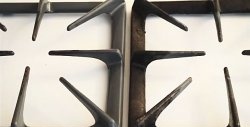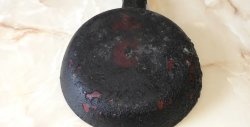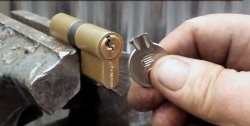Any utensils can be cleaned of carbon deposits and other contaminants manually, using various tools, using household chemicals, calcining them over a fire, etc. Some of them require great physical effort, others require financial costs, others are unsafe in terms of fire, etc. But there is one simple, inexpensive and safe remedy that will help remove carbon deposits easily and simply.
Will need
Along with the frying pan that we have to clean, we will need the following quite accessible and inexpensive items and products:
- several garbage bags or plastic bags;
- a small amount of ammonia;
- hand screwdriver;
- short cord or strong thread;
- a bowl of water and a sponge for washing dishes.
Since ammonia has a pungent odor, it would be a good idea to wear gloves and a gauze bandage. Otherwise, it is a completely harmless liquid that is used as a medicine and for household needs.
The process of cleaning a frying pan
If it has a plastic handle, then use a regular screwdriver to unscrew it and clean it separately using a metal sponge, liquid detergent and warm water.
We place the frying pan and all metal parts in a plastic bag, onto which we put a second, and then a third. You should first make sure that all bags are completely sealed.
Having packed the frying pan to be cleaned, remove excess air from the bags by lightly pressing them against the pan with your hands. This will contribute to the integrity of the package when handling it.
Then, protecting the respiratory system with a gauze bandage and your hands with rubber gloves, pour 50-100 ml of ammonia into the frying pan and tie the bags tightly with a cord.
After this, the securely packed frying pan must be shaken vigorously and turned several times in different directions so that the ammonia is evenly distributed over all surfaces of the dish and metal parts.
Let's leave the frying pan in this state overnight, for example, on the balcony for safety: even if ammonia leaks through the bags, it will not harm anyone. During this time, ammonia will completely soften fatty deposits.
After 12 hours, unpack the dishes and make sure that the carbon deposits lag behind the metal even with a simple touch with your fingers.
All we have to do is rub its sides and bottom with a sponge in warm water with a small amount of cleaning agent.
After this, we rinse the pan, assemble all the parts, including the handle, and make sure that it looks like new.

